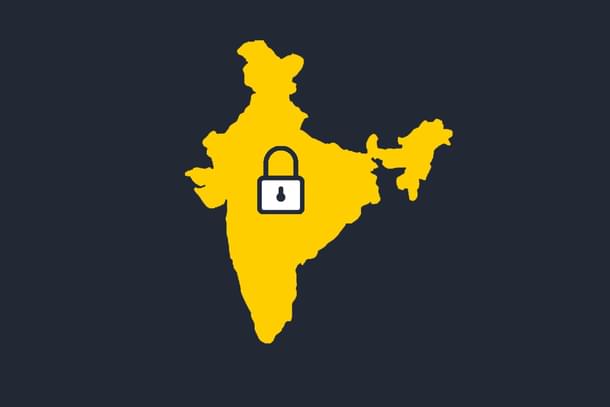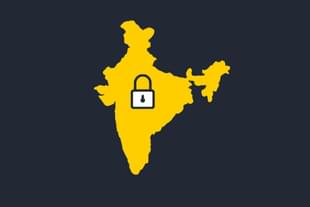Economy
Opening The Economy Is A Necessity Rather Than A Choice; India Can’t Afford Another Extension
Karan Bhasin
May 20, 2020, 01:13 PM | Updated 01:12 PM IST
Save & read from anywhere!
Bookmark stories for easy access on any device or the Swarajya app.


India has been under a lockdown for a while now due to the evolving Covid-19 situation. That this lockdown has perhaps helped in flattening the curve is also acknowledged. Even as people look at the total number of cases, what effectively matters is the total cases per total tests being conducted.
But irrespective of the fact that Indians have a high immunity and the number of severe cases is far less compared to other countries seems to suggest that we have probably averted the disaster.
This could be because of high temperatures, BCG vaccines or other factors; which unfortunately can be discovered only after a period of time.
Another important fact is that coronavirus affects the elderly more along with people with chronic heart or lung diseases compared to the young and healthy population.
The last two months have provided the world adequate data to analyse the progression of the disease, help identify factors that have worked and re-calibrate policies to address the health emergency.
However, ex-ante, it was difficult to know what the best possible intervention would be and indeed, in the absence of this information, a lockdown appeared to be the most crucial policy intervention to prevent loss of lives.
Now, of course, we have the available evidence on the public health measures and we also have some idea regarding the economic costs associated with the lockdown.
These costs are real and can have a significant impact on the Indian economy, not just in the short but also in the medium term.
Consider this example, a firm that has not operated for two months faces fixed costs. In the two months of no income, if it were to run out of cash to meet its fixed expenditure, it may choose to shut shop.
Even if it were to obtain credit to keep the firm going, uncertainty regarding the future will invariably dampen sentiments and would nudge it into shutting shop.
While the government has announced a mega reforms and relief package to address the economic fallout from the Covid-19 situation, it will be successful only when states start opening up their respective economies.
We cannot keep our country shut for nearly a quarter and then expect the economy to self-repair itself, every subsequent day of the lockdown is going to be costly.
The problem, however, is that state governments don’t understand this as they are guaranteed revenue compensation by the Centre under the goods and services tax (GST).
This creates a big problem as states have no incentive to swiftly address the pandemic and get things settled within their state to open up their economies.
We are already witnessing the different impact in containment of the pandemic playing out due to different capacities and administrative abilities of various states. The worst-hit are of course the states that are prosperous and have a huge inflow of foreign tourists.
To quickly test aggressively in these areas and to start opening up the economy post ‘lockdown 4.0’ should be seen as a necessity rather than a choice.
It is unlikely that we all have a vaccine for the disease anytime in near future and we cannot afford a prolonged lockdown – we could not even afford the third lockdown.
This makes it important to recognise that the lockdown has done its work, and now we must focus on getting the economy back on track. Some social distancing norms may have to continue while we may have to issue advisory restricting senior citizens from moving out.
A graded exit may not work, but perhaps, can be viewed as an alternative to a complete lockdown. Luckily, several states and the central government have already provided some relaxations during the fourth lockdown, however, one hopes that this may be the final one.





